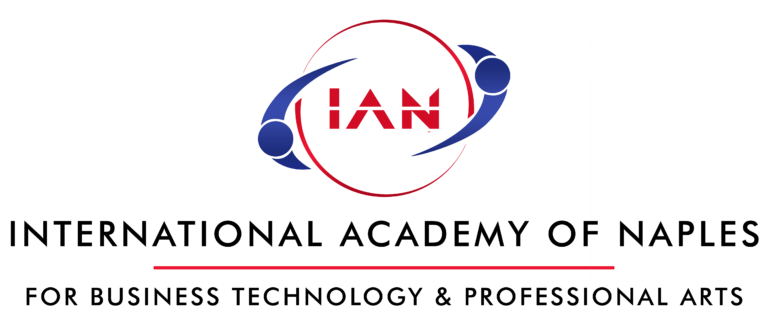Master in Fashion Design
COURSE OVERVIEW
Course Duration - 1 Year
The master in fashion Design was born from the need to train a multifaceted and creative figure capable of generating value, bringing new life to the companies in the fashion sector. For this reason, the study plan has been structured through a targeted specialist path that starts from the acquisition of a global overview of the fashion system to deepen the design and creative area with the study and research of the new lines, trends and textile experiments, styling and fashion culture such as the technical area of the creation of prototypes, using high couture techniques to be applied to the packaging of the personal collection. A series of thematic workshops allows the students to tackle specific topics in an even more direct way, introducing them into the dense network of partner companies and enabling to aspire to a wide range of professionals in the fashion sector.
COURSE CURRICULUM
Program
Fashion Culture & History
This fashion culture and history module delves into the dynamic cultural perspective of fashion and its historical progression. This gives students a critical view of the diverse history and theory of fashion, offers them in depth knowledge about the several contexts and how it can be broadly and innovatively understood.
Methodology of Project Development
This module focuses primarily on the methods, systems and related practices used in achieving a project target. The goal of these methods is to ensure the timely completion of projects within budget. This unit examines the principles and processes for managing a project, different project management methodologies, and the pros and cons of each of these methodologies. Students get familiar with processes and examples of these project methodologies and the right scenarios in which to apply them.
Personal Design
This module gives a detailed introduction to fashion consciousness and how it impacts on the design. It focuses on the process involved in identifying and creating a unique personal design that reflects individually. The purpose of this course is to help students realise how to properly display their passions and their sense of life in the details and characteristics of the work they produce, to prompt its peculiarity. The unit discusses personal characteristics required in creating great designs, and how to utilise one's skill set and personality in their work style. It also examines the influence of personal design on fashion and career, and how to optimise its impact.
Lab Materials and Textiles and Lab Realization
This unit discusses the processes involved in textile manufacturing and lab printing technologies used by the textile industry, such as study lab materials and equipments used in textile and clothing product realisation. The module gives students insights into laboratory tests done to examine fabric samples and inquires into the processes involved in changes in textile features and characteristics like surface morphology, pilling resistance, tensile strength, tear strength, absorbency and change in shade variation.
Textile Methodology
The aim of this course is to discuss the processes of textile manufacturing and production. In this unit the different textile production methods such as: weaving, knitting and crocheting, braiding or plaiting, lacing and felting. It highlights important domains such as the application of the tools of design methodology; creative methodology for idea development in printed textile designs or technical textiles; the methodology of design and development of textile structure; the methodology for analysing textile and cloth production.
Visual Language
Visual Language refers to a communication system that employs visual elements, mostly codes, images or symbols, to portray meaning. This module reviews the aspects of this crucial form of communication, its effect on art and creativity and how to develop one's understanding of the visual language.
Fashion Design Techniques
This unit deals with the different elements of clothing designs: shape or silhouette, space, value, line, colour and texture. It looks into the principles of design and major techniques applied in fashion designing including stitching, appliqués, velvet sewing, seam finishing, couture sewing, quilting etc., which are used to enhance a garment.
Drawing Principals
Within this unit, students learn the several important details involved in drawing constructively. This module provides knowledge of the types, skills and elements of drawing. It discusses several drawing principles like symmetrical or asymmetrical balance, repetition/rhythm, focus/emphasis/dominance, unity/harmony, scale, proportion, contact, moment, depth and so on.
Made in Italy
Since 1980 the "Made in Italy" brand has been used as a signature of Italy's high quality standards and differentiation. This module explores the different meanings that this brand has assumed through time and the role it plays in the globalisation era.
INDICATORS
Instructional mode: In presence
Level: EQF 7
Duration: 1 year
ECTS: 60
Certification: Master
DOCUMENTS REQUIRED
Passport / ID Card
Copy of Bachelor Degree or equivalent
IELTS 5.0 Certificate or equivalent
Statement of purposes
Apostill
Legalisation
Declaration of value
